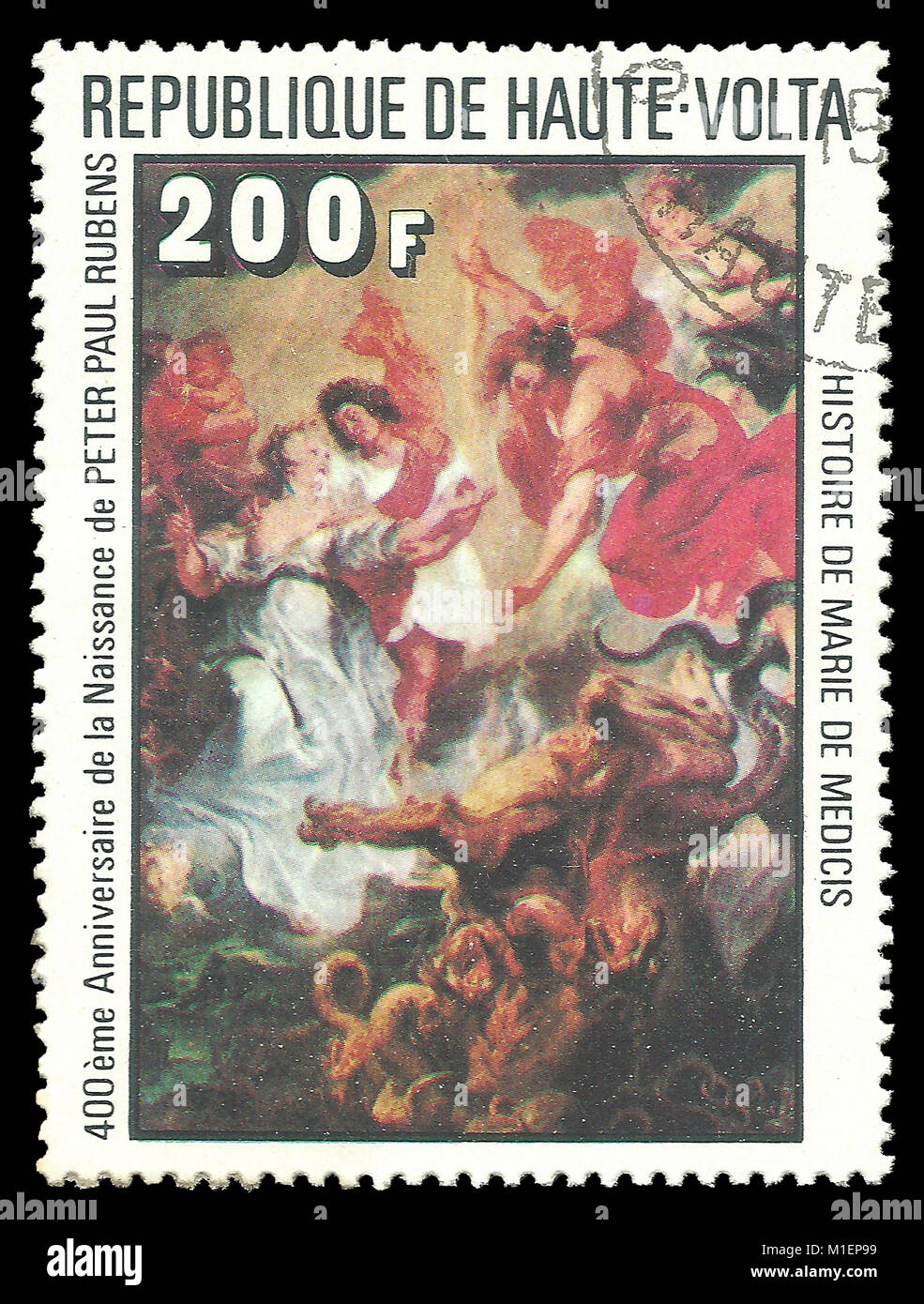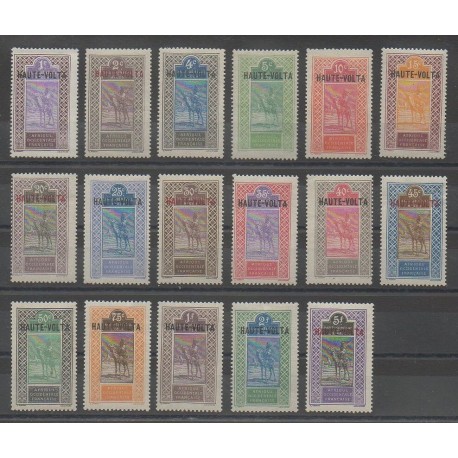


Although multiparty democracy was nominally restored four years later, Lamizana dominated the country's politics until he was himself overthrown in 1980.Īfter a series of short-term presidencies, Thomas Sankara then came to power through a military coup d'état on 4 August 1983. On 3 January 1966, Yaméogo was overthrown in a coup d'état led by army chief of staff Sangoulé Lamizana. He had shown a deep authoritarian streak even before then, however between the time he became prime minister of Upper Volta while it was still a French colony and independence two years later, opposition parties were subjected to increased harassment. Shortly after coming to power, Yaméogo banned all political parties other than the UDV-RDA. A constitution was ratified the same year, establishing presidential elections by direct universal suffrage and a National Assembly with five-year terms. Upper Volta obtained independence on 5 August 1960, with Maurice Yaméogo of the Voltaic Democratic Union-African Democratic Rally (UDV-RDA) becoming the country's first president. The name Upper Volta indicated that the country contains the upper part of the Volta River. On 4 August 1984, it changed its name to Burkina Faso.Įtymology Map showing the Volta River in Upper Volta
#JOHN GLENN UPPER VOLTA STAMP FULL#
On 5 August 1960, it gained full independence from France. Before becoming autonomous, it had been part of the French Union as the French Upper Volta. The Republic of Upper Volta ( French: République de Haute-Volta) was a landlocked West African country established on 11 December 1958 as a self-governing state within the French Community.


 0 kommentar(er)
0 kommentar(er)
